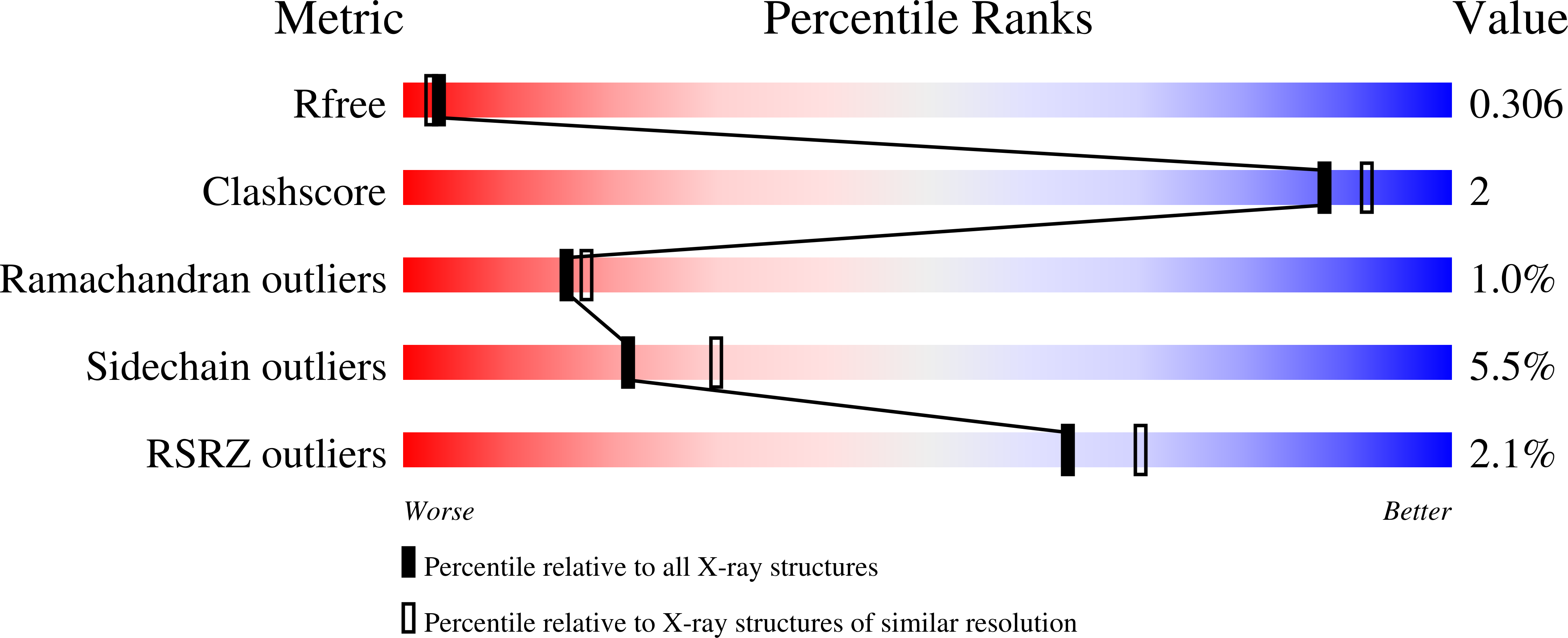
Deposition Date
2022-03-25
Release Date
2023-07-05
Last Version Date
2025-03-05
Entry Detail
PDB ID:
7ZC7
Keywords:
Title:
Structure of the mouse 8-oxoguanine DNA Glycosylase mOGG1 in complex with ligand TH012941
Biological Source:
Source Organism:
Mus musculus (Taxon ID: 10090)
Host Organism:
Method Details:
Experimental Method:
Resolution:
2.30 Å
R-Value Free:
0.30
R-Value Work:
0.23
R-Value Observed:
0.24
Space Group:
P 21 21 21


